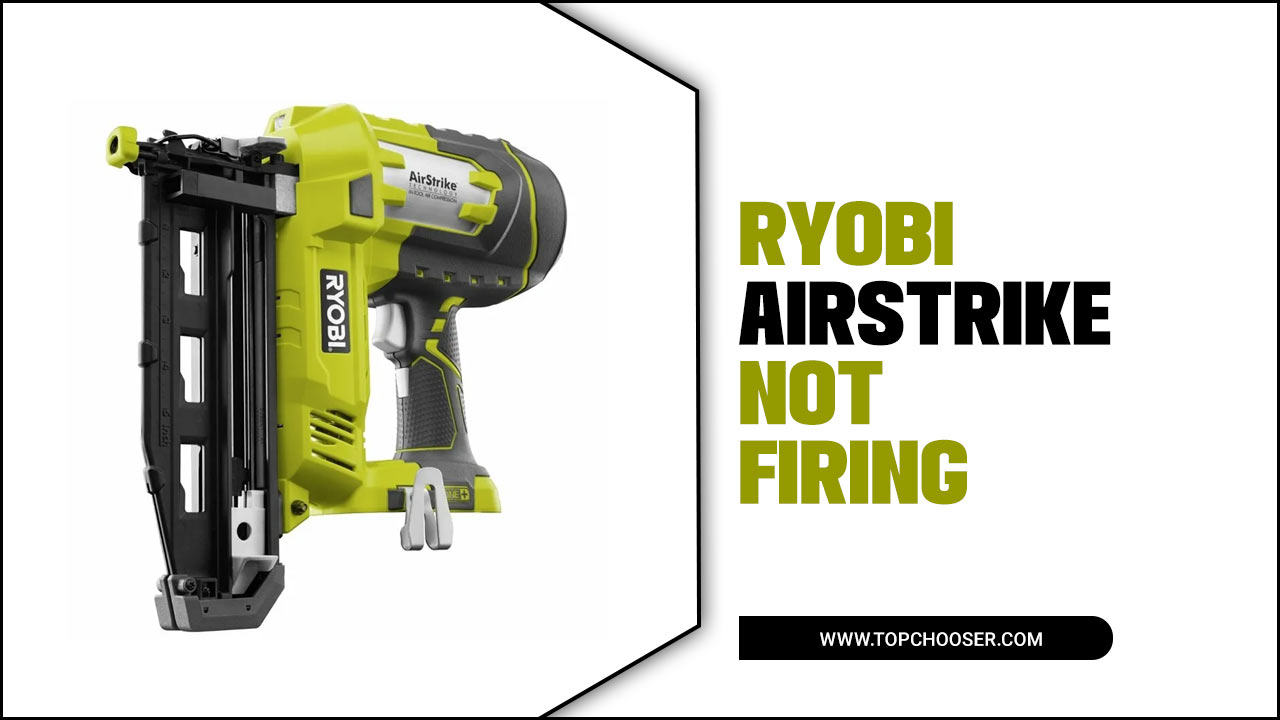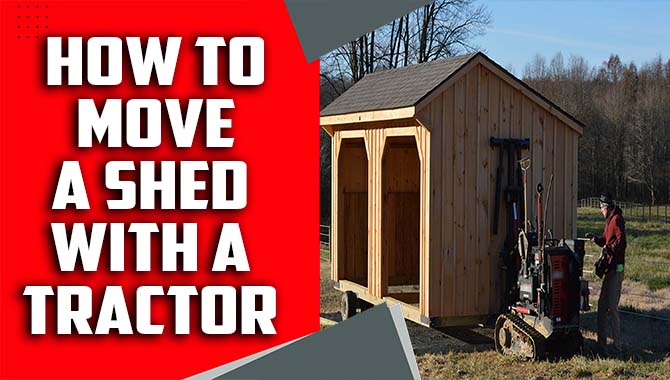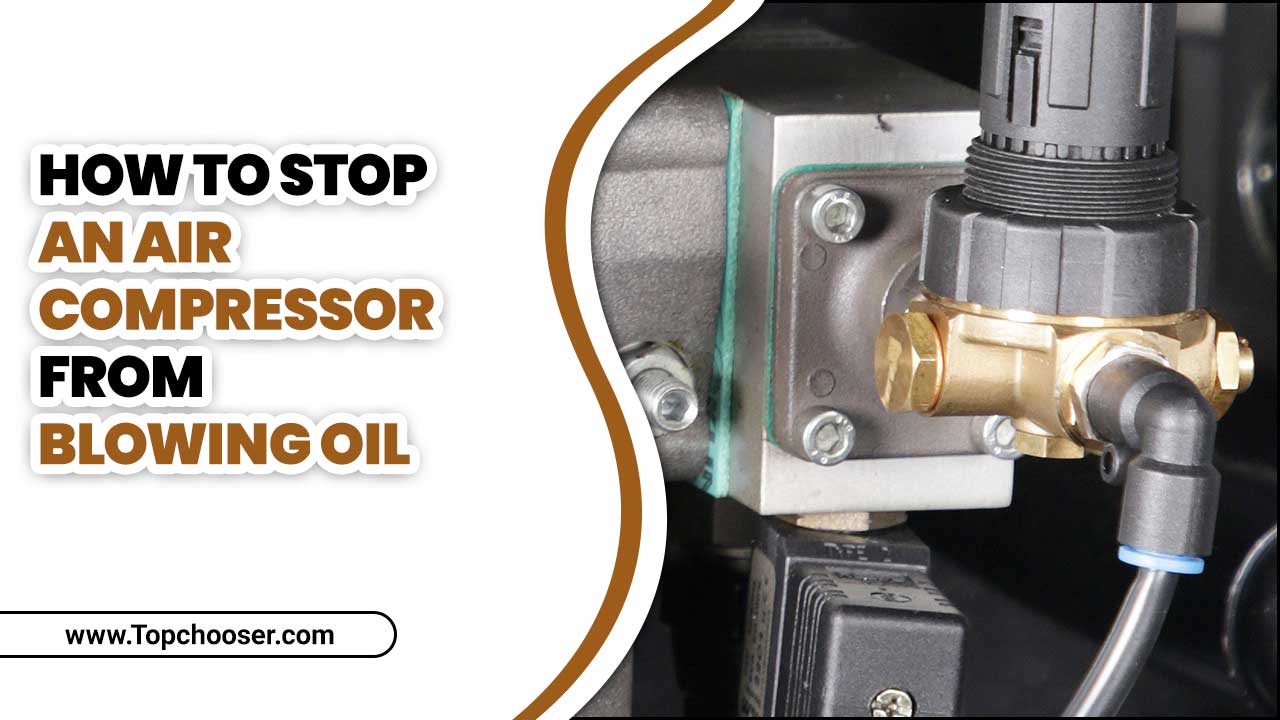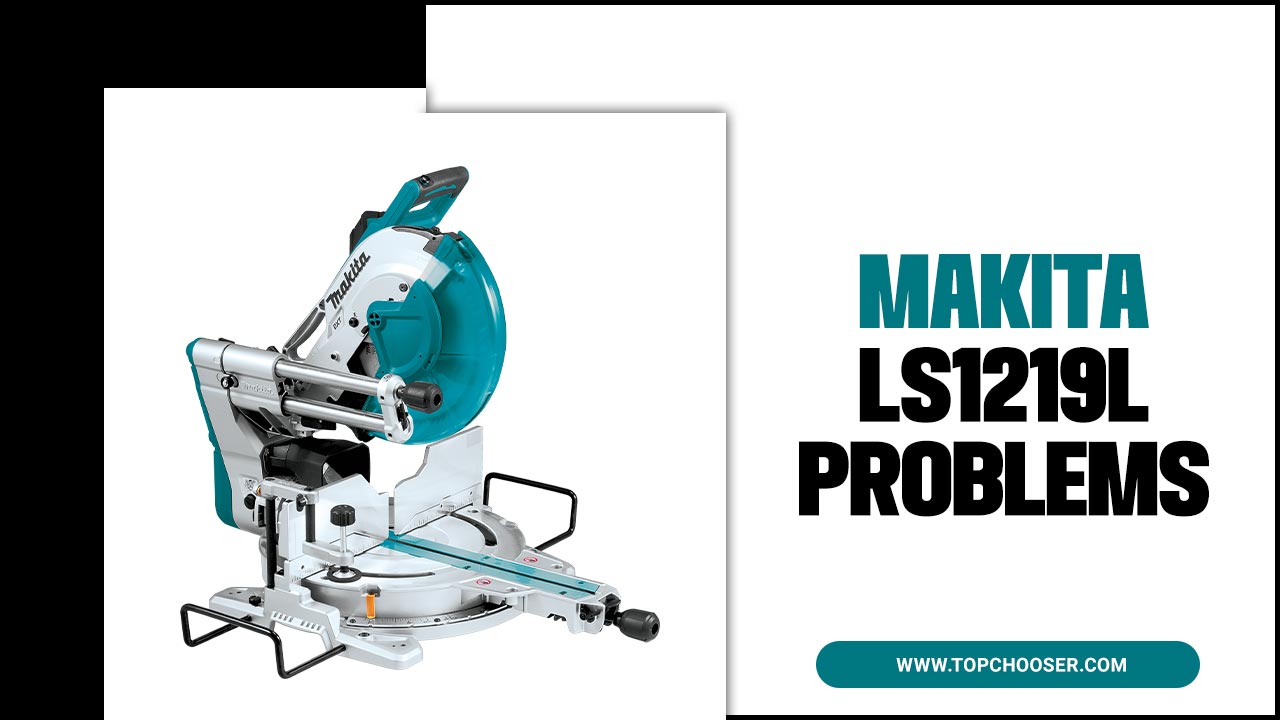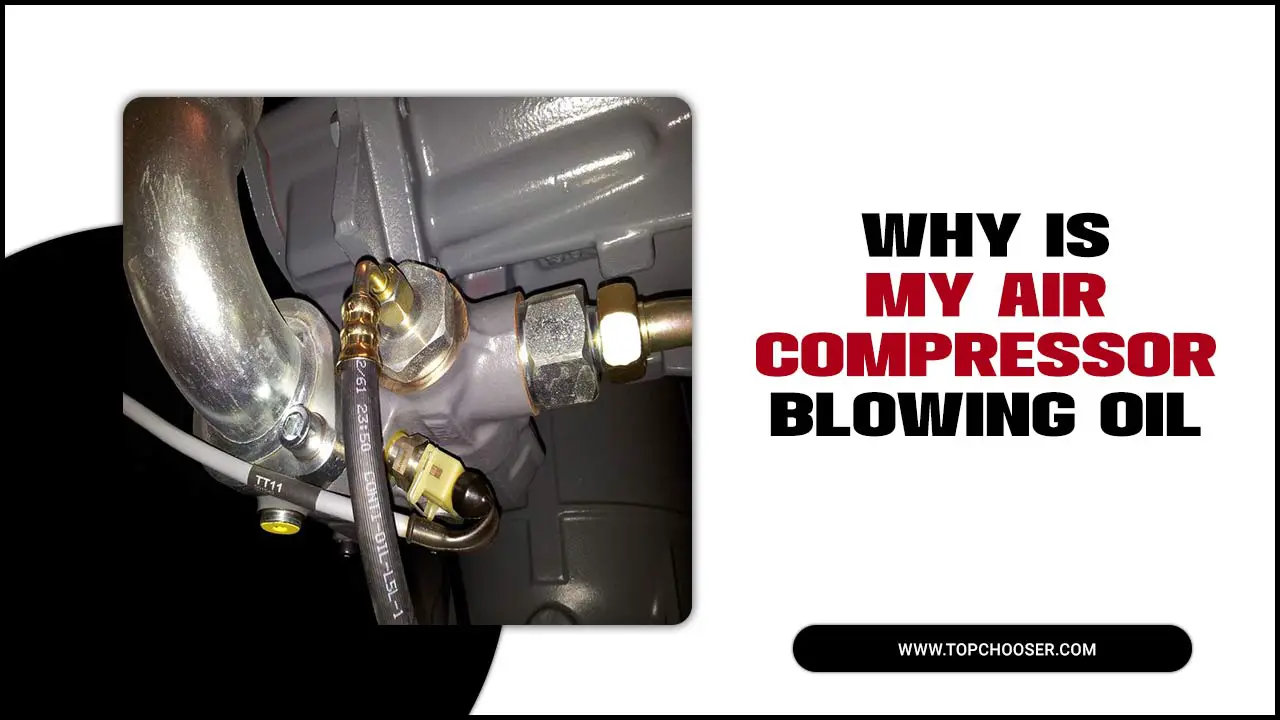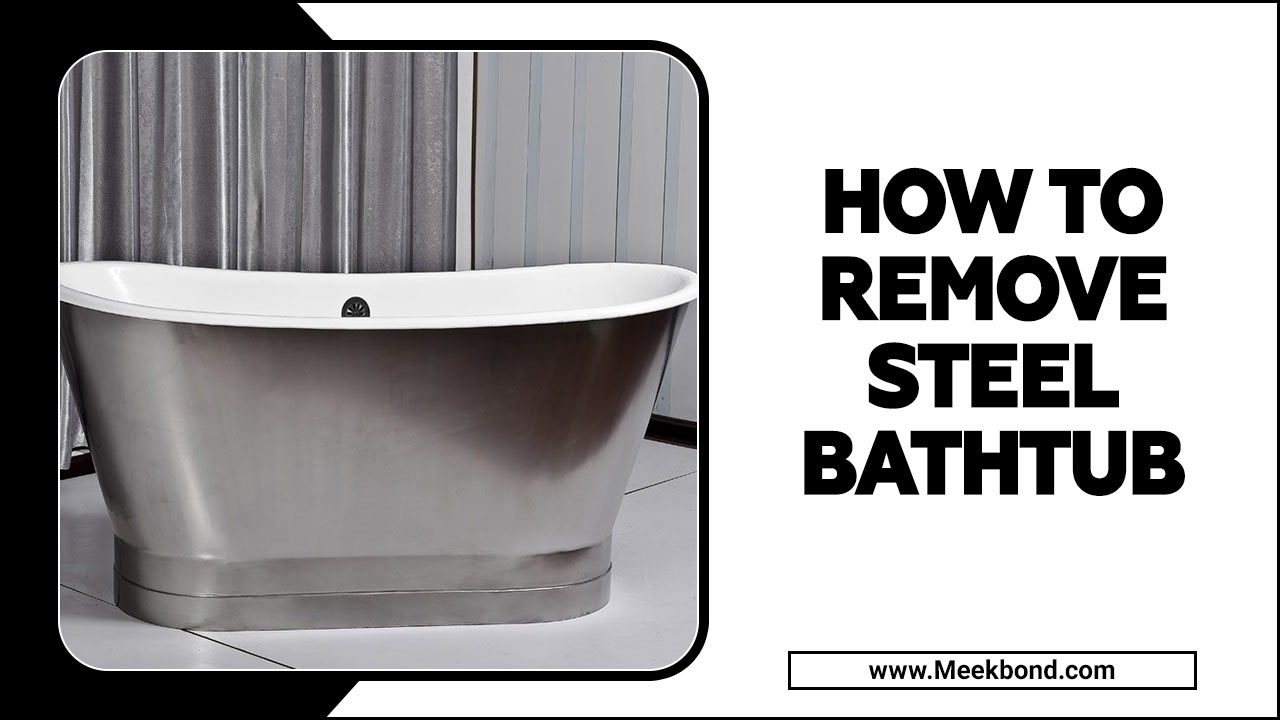A capstan rope winch is a machine that uses a pulley system to pull or haul something. It’s common for maritime, agricultural, construction, mining, and other industries.
There are different capstan rope winches with specific benefits and uses. A capstan rope winch is a short-distance lifting and pulling hoisting device. It is designed to offer superior performance and versatility compared to a regular winch. Electric, hydraulic, or manual drive motors max power the Capstan winch.
They work by rotating the rope around a drum. This system allows the operator to move larger loads. As a result, it is suitable for lifting larger objects like tires and car bodies. Here, we will tell you how to make a capstan rope winch. We will cover six simple steps to make one at home.
1.Gather Your Materials
To make a capstan rope winch, you must gather a few materials. Once you have gathered all the necessary materials, you will be ready to move on to building your capstan rope winch. Here are the basic items you will need:
- A sturdy wooden or metal base is handy to attach the winch.
- A large drum or spool that can rotate freely.
- A crank handle or lever for turning the drum.
- Strong ropes or cables that can handle heavy loads.
- Pulleys and hooks are handy to attach the ropes and lift objects.
- Fasteners such as screws, bolts, or nails to secure everything together.
2.Attach The Metal Pipe Or Rod To The Wooden Base
To make a capstan rope winch, the second step is to attach a metal pipe or rod to the wooden base. This will serve as the main rotating component of the winch. Start by drilling a hole in the centre of the wooden base that is slightly larger than the diameter of your chosen metal pipe or rod.
Insert the pipe or rod into the hole, ensuring it is secure and perpendicular to the base. You may need to use screws or bolts to fasten it in place for added stability. Once attached, ensure the pipe or rod can rotate freely without obstructions. This step is crucial as it forms the foundation for the functionality of your capstan rope winch.
3.Create The Drum
Creating the drum is an essential step in making a capstan rope winch. To create the drum, you will need a cylindrical object with a diameter that fits your desired rope size. This can be a PVC pipe, a wooden dowel, or other suitable material.
Start by cutting the cylindrical object to your desired length, considering it should be long enough to accommodate the rope you plan to use. Next, smooth out any rough edges and sand the surface of the drum to ensure that it is free from splinters or sharp edges.
You can also add a layer of varnish or paint to protect the drum and give it a polished finish. Once the drum is ready, you can attach it securely to the winch frame, ensuring that it rotates smoothly and can withstand the force exerted by the rope during operation.
4.Install The Crank Handle
Once you have assembled the main components of your capstan rope winch, it’s time to install the crank handle. This step is crucial as it will allow you to manually operate the winch and control the rope’s movement.
Start by locating the hole on the winch drum where the crank handle will be inserted. Align the hole with the corresponding slot on the crank handle and insert it firmly into place. Ensure it is securely attached and does not wobble or loose during operation.
5.Test Your Winch
After assembling your capstan rope winch, it is important to test its functionality before using it. Testing your winch will help ensure all components work properly and handle the intended load. To test your winch, attach a weight or load equivalent to the maximum weight capacity of the winch and slowly begin winding the rope around the capstan.
Pay close attention to signs of strain or malfunction, such as unusual noises or jerky movements, if everything appears to be working smoothly. Your capstan rope winch is ready for action. However, if you encounter any issues during testing, addressing them before using the winch in a real-life scenario is important.
6.Put Your Capstan Rope Winch To Use
Once you have successfully built your capstan rope winch, it’s time to put it to use. Following these steps, you can effectively utilize your capstan rope winch for various tasks such as hauling heavy loads, pulling vehicles out of stuck positions, or raising and lowering objects in construction or outdoor activities. Here are some easy steps to get started:
- Attach the winch to a sturdy anchor point. Ensure the anchor point is strong enough to handle the load you pull.
- Securely fasten the rope around the drum of the winch. Make sure it is tightly wound and does not slip.
- Begin turning the handle or crank of the winch in a clockwise direction. This will start pulling in the rope and applying tension.
- Monitor the tension on the rope while turning the handle. Be careful not to apply too much tension, which could cause damage or injury.
- Use gloves or protective equipment when handling the rope, especially if slippage or pinching is risky.
- Once you have completed your task, slowly release tension by turning the handle counterclockwise. Ensure that all equipment is properly stored and secured before finishing.
How Does A Capstan Rope Winch Work?
A capstan rope winch is a mechanical device to pull or hoist heavy loads. It consists of a rotating drum, the capstan, around which a rope or cable is wrapped. To operate the winch, the rope is wound around the capstan, and tension is applied.
As the capstan rotates, it grips the rope and pulls it in, effectively lifting or pulling the load. The capstan’s design generates high torque, making it an efficient and powerful tool for various applications. Whether used in marine settings, construction sites, or other industries, a capstan rope winch provides a reliable and effective solution for heavy lifting and pulling tasks.
Benefits Of Making Your Own Capstan Rope Winch
Making your capstan rope winch can have several benefits. Firstly, it allows you to customize the winch to your needs and requirements. You can choose the materials, dimensions, and design that best suits your intended use.
Secondly, making your winch can be more cost-effective than purchasing a ready-made one. You can save money by sourcing the materials and putting in time and effort while achieving a functional and reliable winch.
Additionally, building your capstan rope winch can be a rewarding DIY project that allows you to develop new skills and knowledge in mechanical engineering. Knowing that you built a practical tool from scratch provides a sense of accomplishment and satisfaction. So, if you’re up for the challenge, making your capstan rope winch can be a worthwhile endeavour with plenty of benefits.
How To Choosing The Right Rope
Choosing the right rope ensures safety and efficiency when making a capstan rope winch. The type of rope you choose will depend on the weight and size of the load you need to pull. Natural fibre ropes, such as manila or sisal, are ideal for lighter loads and can be easier on your hands. Synthetic ropes, such as nylon or polyester, are better for heavier loads and have a higher breaking strength.
When selecting the right rope for your capstan winch, consider abrasion resistance, flexibility, and UV resistance. Choosing a strong enough rope with a high working load limit is important to ensure safety during use. Considering these factors, you can ensure that your capstan rope winch is constructed with the right rope for the job.
Maintaining Your Capstan Rope Winch
Maintaining your capstan rope winch ensures its longevity and optimal performance. Regular maintenance can help prevent potential issues and keep your winch in shape. Here are some tips for maintaining your capstan rope winch.
- Clean The Winch Regularly: Dirt, debris, and saltwater can accumulate on the winch over time, which can cause corrosion and damage. Use a mild detergent and water to clean the winch thoroughly, paying attention to all the nooks and crannies.
- Check The Rope For Wear And Tear: Inspect the rope regularly for any signs of fraying, knots, or weak spots. If you notice any issues, replacing the rope before it fails during operation is important.
- Lubricate Moving Parts: Apply a high-quality lubricant to all moving parts of the winch, such as the gears and bearings. This will help reduce friction and ensure smooth operation.
- Check For Loose Or Damaged Components: Inspect all bolts, screws, and other components for tightness and signs of damage. Replace any worn-out or damaged parts promptly to avoid further issues.
- Store Properly When Not In Use: When not using the capstan rope winch, store it in a dry and secure location to protect it from environmental elements that could cause damage.
Types Of Winches
- chainsaw winch
- Electric winches
- cable style winch
- cable winches
- capstan style winch
- DIY Vertical Electric Rope Winch
- vertical capstan winch
- box winch Conclusion
Conclusion
Crafting your own capstan rope winch can be a rewarding project that offers a practical solution for various lifting and pulling needs. From enhancing efficiency to increasing safety, a homemade capstan rope winch can prove to be a valuable addition to your toolkit. So, roll up your sleeves, gather your materials, and embark on this DIY journey to create a functional and reliable capstan rope winch for your projects.
Frequently Asked Questions
1.How Much Can A Capstan Winch Pull?
The pulling capacity of a capstan winch can vary depending on its design and specifications. Generally, capstan winches can pull anywhere from a few hundred to several thousand pounds. A capstan winch is a powerful tool that can pull heavy loads with ease thanks to its cable-style design. Utilizing a portable winch with a battery for power, the capstan-style winch can handle significant weights, making it an essential tool for various heavy-duty tasks.
2.How Do Capstan Winches Work?
Capstan winches utilize a rotating drum, or capstan, to exert force and pull or lift heavy loads. The rope or cable is wrapped around the capstan drum, and as the drum rotates, it creates friction between the drum and the rope, causing it to grip and move. Capstan winches, known as conventional winches, are commonly used for lifting heavy loads.
3.What Is The Largest Size Of Rope Recommended For Use With A Capstan?
The largest rope size recommended for use with a capstan varies depending on the specific capstan’s design and specifications. However, capstans are generally designed to handle ropes with a diameter between 1.5 and 2 times the diameter of the capstan barrel.
4.How Do You Maintain A Winch Rope?
To maintain a winch rope, it is important to regularly inspect it for any signs of wear or damage, such as fraying or cuts. Clean the rope after each use to remove dirt and debris that could cause abrasion. Avoid exposing the rope to harsh chemicals or solvents.
5.What Kind Of Rope Do You Use For Capstan?
A capstan is typically handy with a hawser or a thick rope made of natural or synthetic fibers, such as nylon or polypropylene. The choice of rope depends on factors such as the load capacity, durability, and specific requirements of the capstan system being used.

I am passionate about home engineering. I specialize in designing, installing, and maintaining heating, ventilation, and air conditioning systems. My goal is to help people stay comfortable in their homes all year long.

